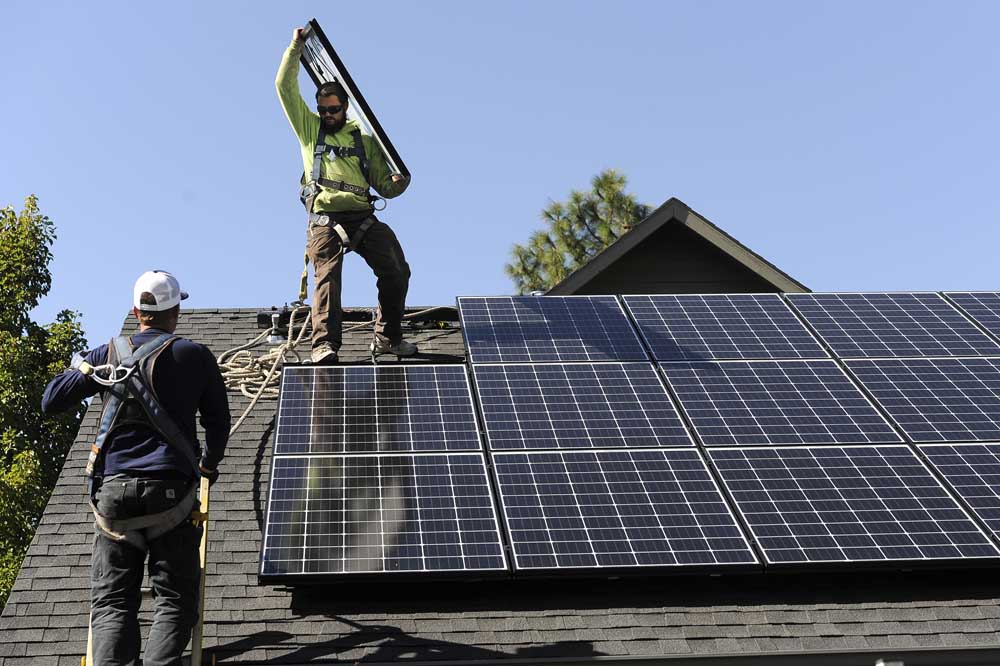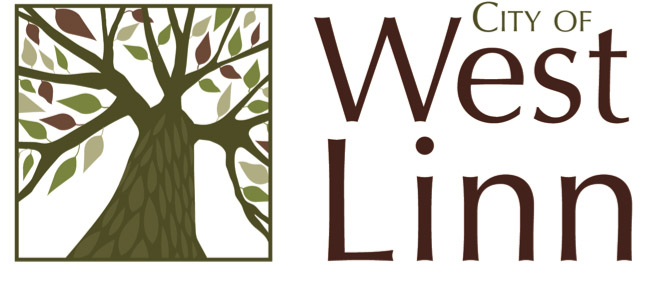Portland Architecture: After 15 years in limbo, Veterans Memorial Coliseum gets its long-delayed restoration
Published 2:31 pm Tuesday, July 16, 2024

- This image shows a 1958 rendering of Veterans Memorial Coliseum.
This summer, while the Portland City Council ponders the fate of one venerable publicly-owned performance venue, Keller Auditorium, a two-year, $40 million reconstruction has finally begun on Veterans Memorial Coliseum.
Trending
Since being threatened with demolition in 2009, the circa-1960 arena city leaders once considered naming The Glass Palace—and which the National Trust for Historic Preservation named a “National Treasure” in 2016—had been in limbo. Reprieved from the wrecking ball, it needed reinvestment. In 2020, a restoration was approved, only for funding sources from hotel and car-rental taxes to evaporate.
Though ceding to the Moda Center high-profile events like Trail Blazers games and marquee concerts, the Coliseum has remained busy. A third-party economic study determined the Coliseum comprises a mid-range between downtown venues topping out at 3,000 seats and the Moda’s 20,000, bringing more events to town, and that restoration would generate more than $1 billion in economic impact.
Next year marks the 50th anniversary of The Beatles playing Memorial Coliseum, which my mom attended as an 18-year-old. Jimi Hendrix, The Rolling Stones, David Bowie, James Brown and Jay-Z have played there too. Trail Blazers legend Bill Walton’s recent passing rekindled memories of Portland’s 1977 championship, won at the Coliseum. In this Olympic year, some may remember that the Dream Team’s first-ever game was played at the Coliseum in 1992 (which I attended), when Michael Jordan, Magic Johnson, and Larry Bird were joined by the Blazers’ Clyde Drexler for a 79-point victory over Cuba.
Trending
Besides being a repository of cultural history, it’s a midcentury-modern architectural marvel. Equivalent to over two city blocks in size, it stands on just four columns. Its concrete seating bowl sits completely untouched by the surrounding glass box.
This two-year restoration is just the first in an intended multi-phase process, which is not unreasonable considering the Keller Auditorium price tag of $300-$600 million. Important as upgrading mechanical, electrical, HVAC and seating this time around, I’m still waiting for refurbishment of the Coliseum’s operable curtain, blocking the incredible view that architects Skidmore, Owings and Merrill intended from the seats through the glass façade.
Once during a Blazers exhibition game I watched the sun set over the downtown Portland skyline. That view is what makes the Coliseum one-of-a-kind among the world’s arenas, but save for the Rose Festival Grand Floral Parade and the occasional Winterhawks hockey matinee, opportunities to experience this are rare. Why not bring back the building’s best feature?
The Coliseum’s original construction displaced a predominantly-Black neighborhood. Renewing this arena means addressing more than physical needs. As part of the broader Albina Vision, the Coliseum must serve its community.
On this topic I can’t claim impartiality. In 2009, I co-founded the Friends of Memorial Coliseum to fight the mayor’s demolition plans. Though there were many doubters along the way, two facts were unassailable: the economic case for the arena, and that great cities don’t demolish their greatest buildings. Anyone who has experienced that view knows the answer, like the Glass Palace’s façade itself, was always clear.







